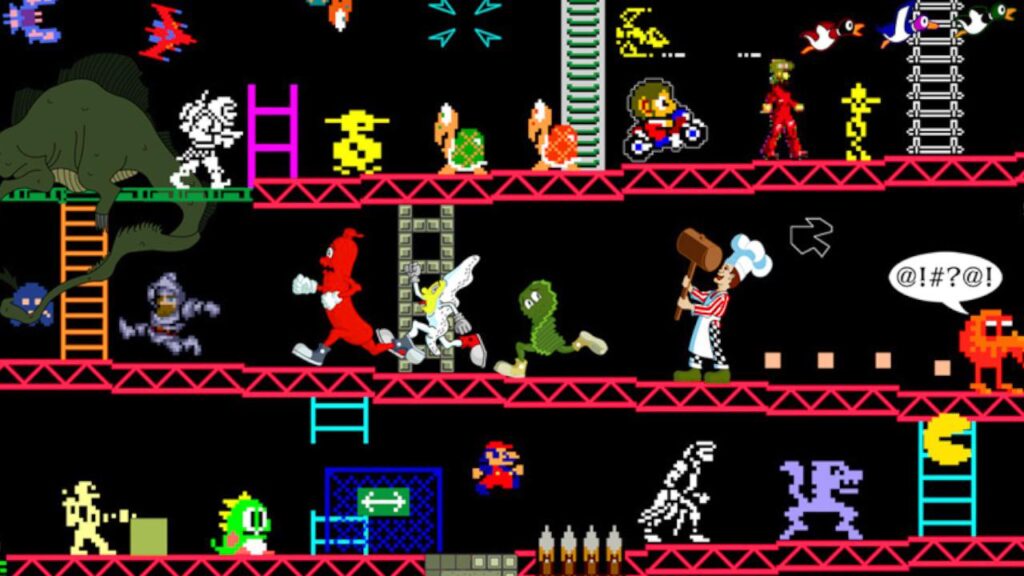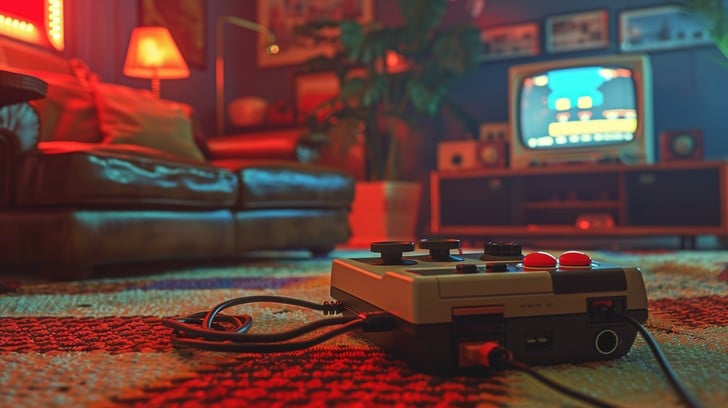For all the constant talk about next-gen graphics, cloud gaming, and AI-powered worlds, retro gaming continues to hold a firm grip on players in 2025. What began as nostalgia has matured into something bigger: a culture where old titles are valued not just as relics but as living experiences that still entertain, challenge, and inspire. Games like Super Mario Bros. 3, The Legend of Zelda: Ocarina of Time, and Street Fighter II remain conversation staples, and their continued popularity proves that simple mechanics and strong design outlast flashy technology. Retro isn’t a trend that comes and goes—it has become a parallel lane in the gaming industry.
The rise of emulation and digital storefronts has played a massive role in keeping older titles alive. Platforms like Nintendo Switch Online, PlayStation Plus Classics, and even unofficial emulators ensure that games from the ’80s, ’90s, and early 2000s can be revisited at any moment. Players who never owned a Game Boy Advance can now try Pokémon Emerald, while newcomers discover the punishing brilliance of Castlevania: Symphony of the Night. This accessibility has blurred generational lines, with younger players adopting the same appreciation for pixel art and 16-bit soundtracks as those who grew up with them. In many ways, retro gaming has never been more accessible than it is today.

Another reason for the staying power of retro is how well these games fit into today’s gaming lifestyle. In an era of 100-hour RPGs and massive open worlds, older titles feel refreshingly manageable. A round of Pac-Man or Tetris fits perfectly into a coffee break, while the compact storytelling of something like Chrono Trigger offers depth without endless padding. This balance makes retro gaming appealing to busy professionals and students alike, people who may not have the time for sprawling modern blockbusters but still crave the satisfaction of play.
There’s also the cultural weight these games carry. Retro titles aren’t just entertainment—they’re history. Twitch streams, YouTube retrospectives, and retro speedrunning communities keep games like Mega Man X and Donkey Kong Country alive, showing how these works continue to inspire content creation decades later. Indie developers, too, take notes from the past; the success of Shovel Knight, Celeste, and Stardew Valley proves that the DNA of retro design remains the foundation for modern creativity. When players dive back into older titles, they’re also connecting to the roots of today’s hits.
In the end, retro gaming has a place in 2025 because it represents something timeless. These games remind us that technology may change, but strong ideas don’t expire. Whether it’s the tight platforming of Super Mario World or the emotional storytelling of Final Fantasy VI, retro titles continue to deliver experiences that are as engaging today as they were decades ago. And as long as players value authenticity, simplicity, and history, retro gaming will always have a seat at the table.
Thanks for reading CheckPointDaily! Keep discovering more articles by tapping here.



